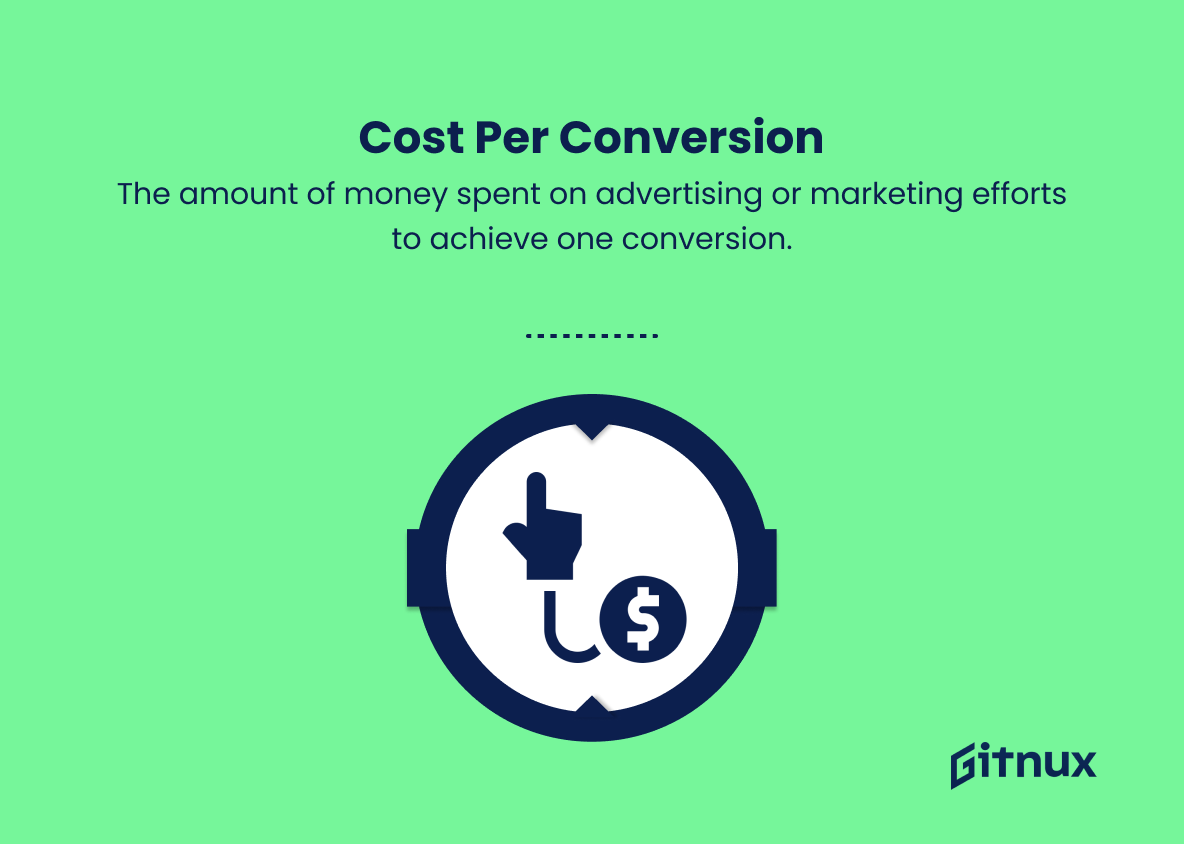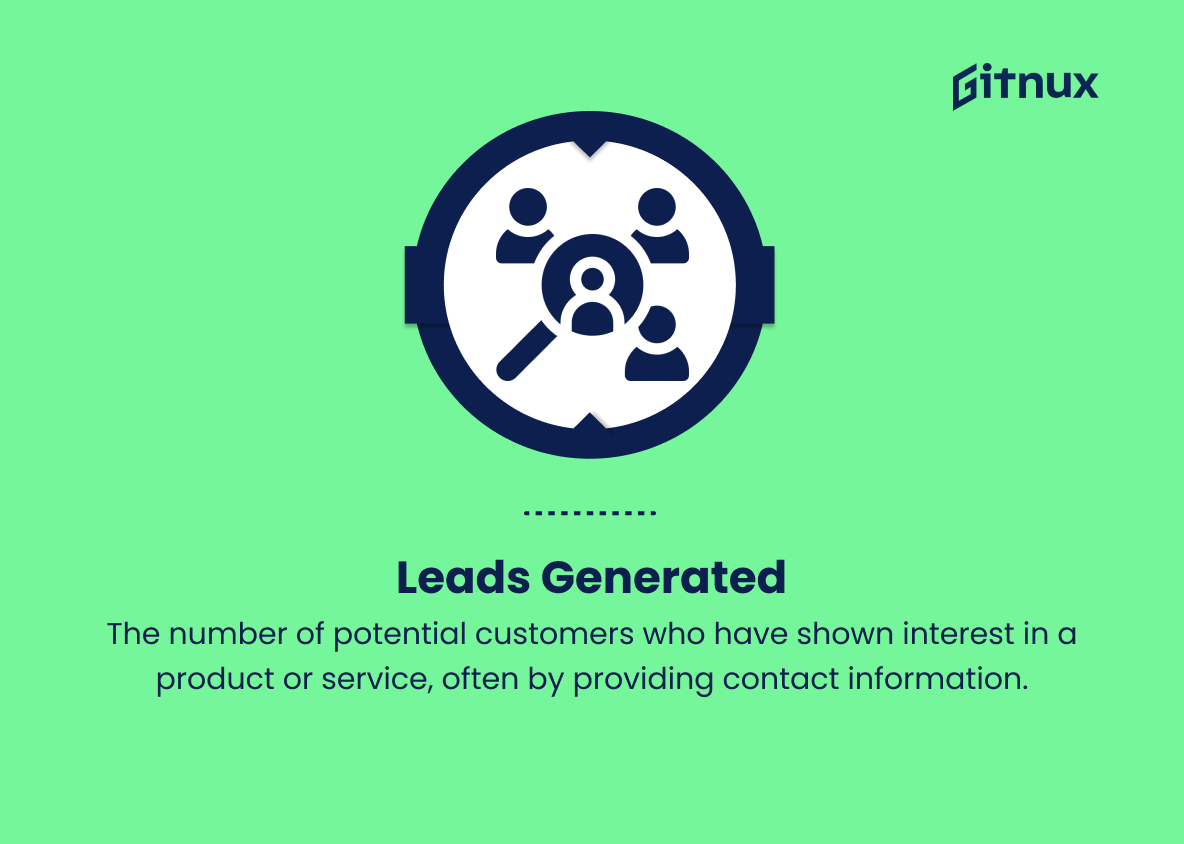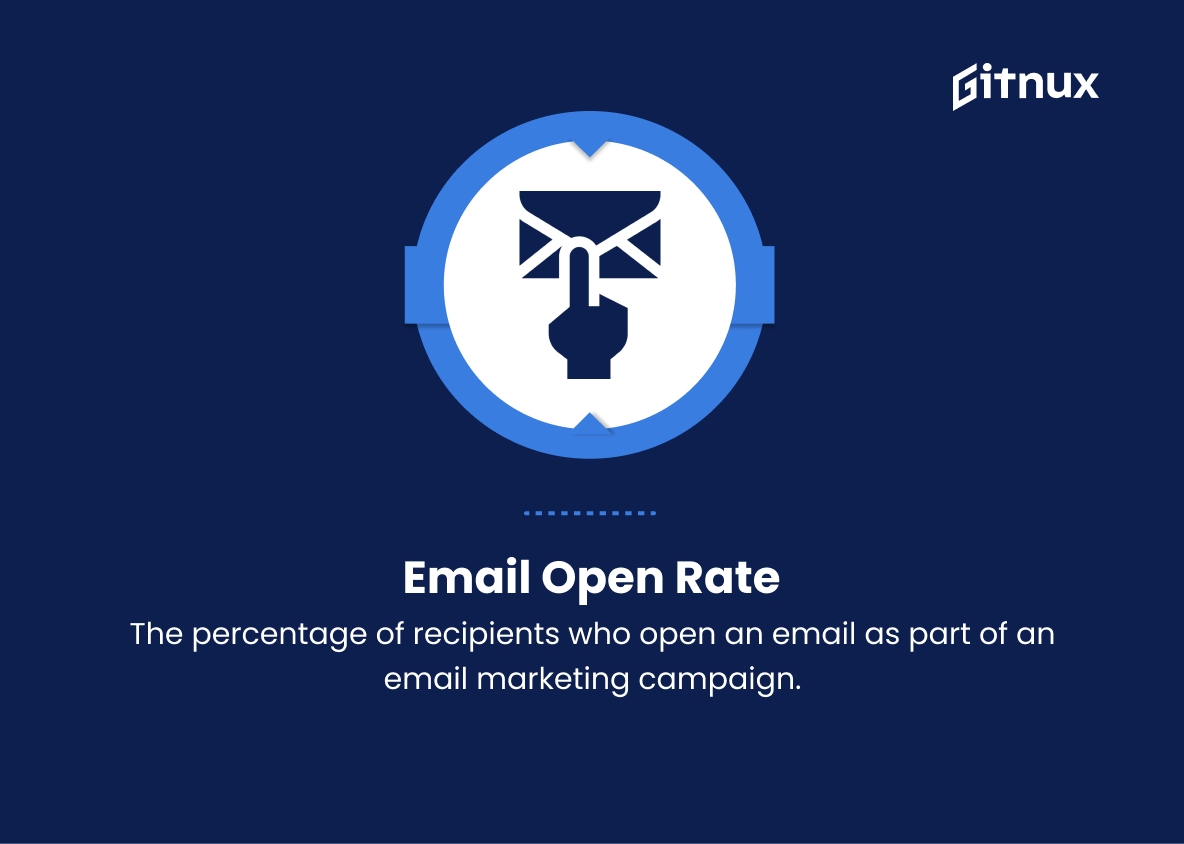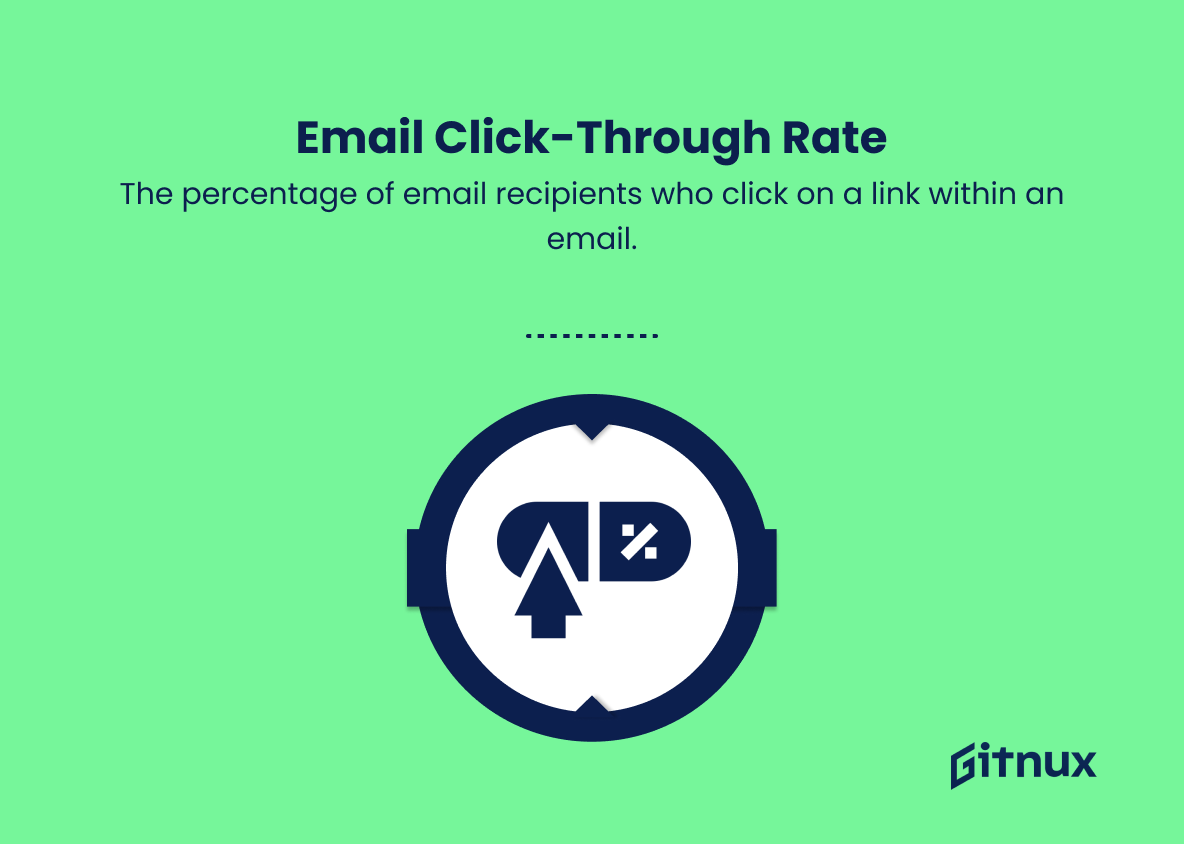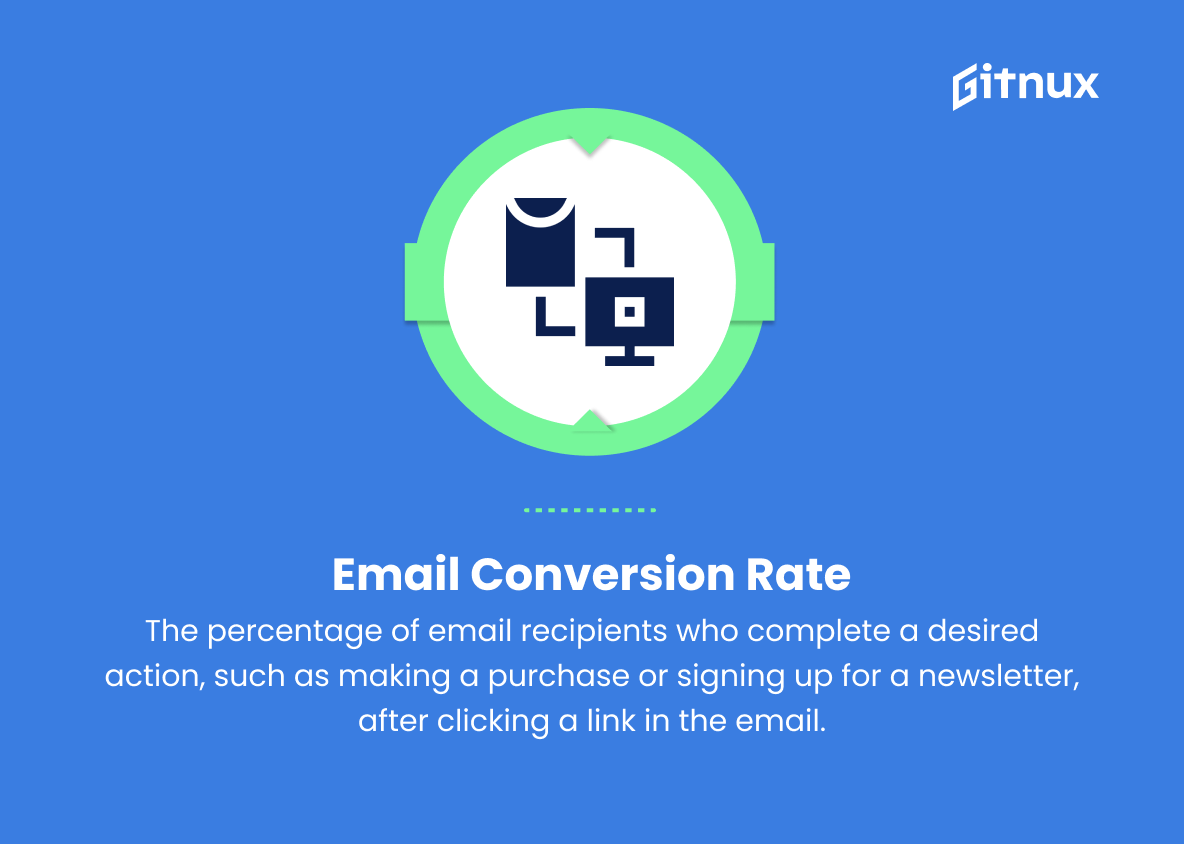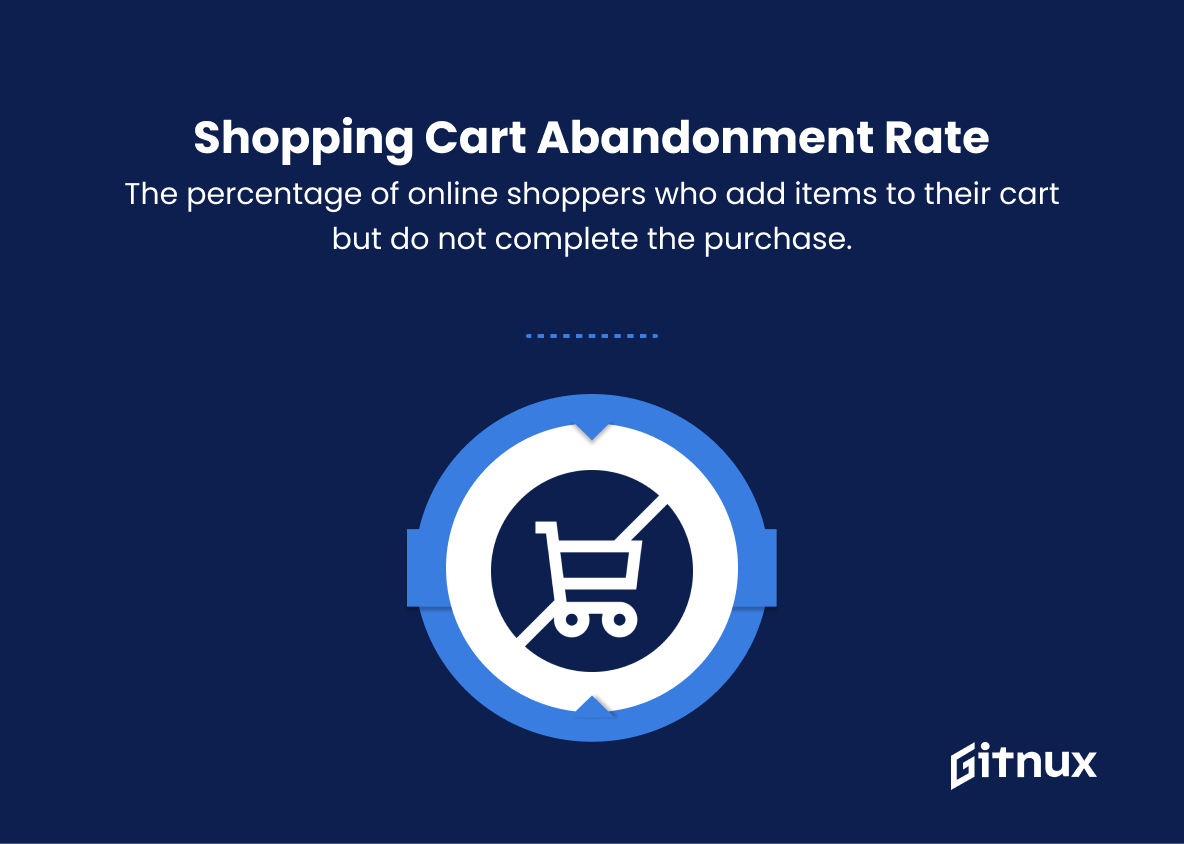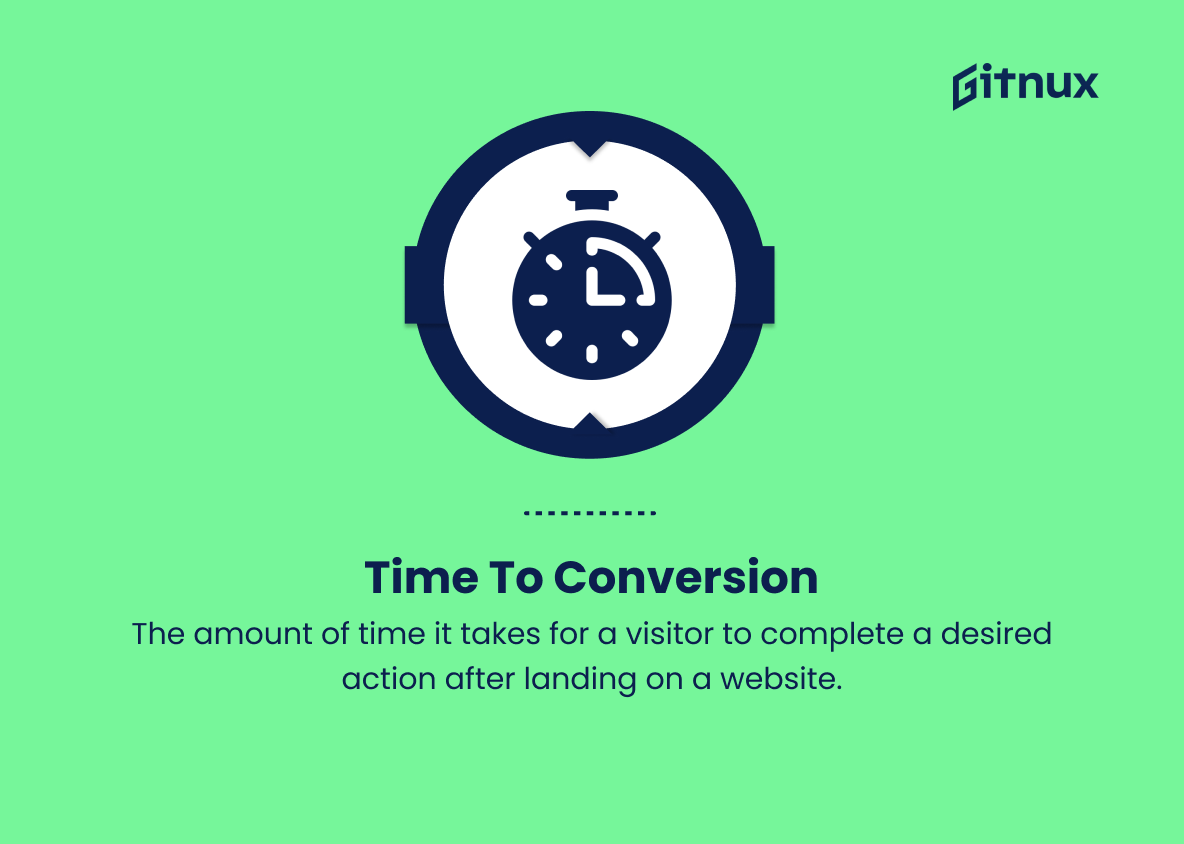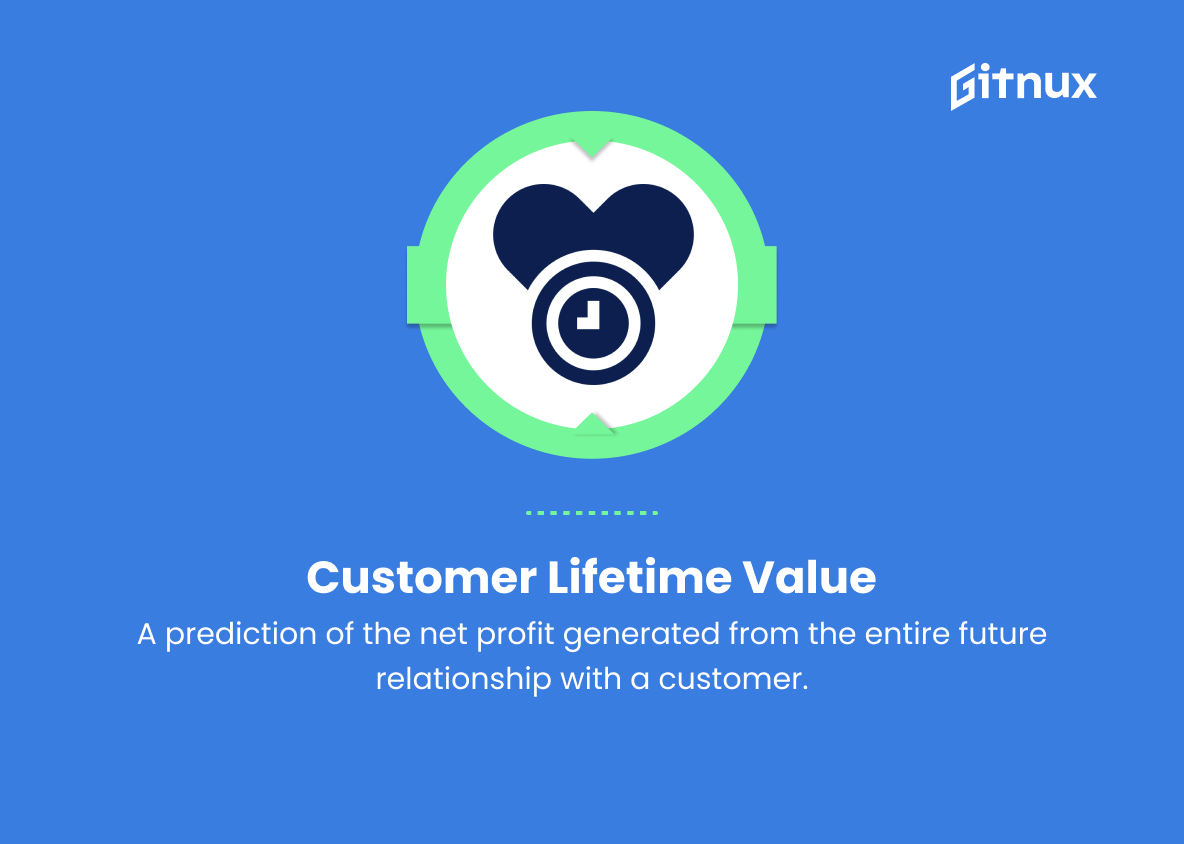In today’s rapidly evolving digital landscape, businesses must continually adapt and optimize their online presence to stay competitive and drive growth. A key aspect of this optimization process is measuring and analyzing conversion key performance indicators (KPIs) within their marketing strategies. Conversion KPIs are the critical metrics that reflect the effectiveness of a company’s online efforts in converting website visitors into actual customers.
In this insightful blog post, we will explore the importance of carefully monitoring conversion KPIs, discuss the key metrics to track for a successful marketing campaign, and provide valuable tips on how to use this data to maximize your company’s online performance. Ultimately, understanding and leveraging conversion KPIs can mean the difference between driving your brand forward or falling behind in the increasingly competitive digital marketplace.
Conversion KPIs You Should Know
1. Conversion rate
The percentage of visitors who complete a desired action (i.e., make a purchase, sign up for a newsletter) out of the total number of visitors.
2. Cost per conversion (CPC)
The amount of money spent on advertising or marketing efforts to achieve one conversion.
3. Average order value (AOV)
The average amount spent by a customer during a single transaction.
In today’s rapidly evolving digital landscape, businesses must continuously adapt and optimize their online presence to stay competitive and foster growth.4. Revenue per visitor (RPV)
The average revenue generated from each visit to a website, calculated by dividing the total revenue by the number of unique visitors.
5. Leads generated
The number of potential customers who have shown interest in a product or service, often by providing contact information.
6. Lead-to-sale conversion rate
The percentage of leads generated that ultimately result in a sale.
7. Email open rate
The percentage of recipients who open an email as part of an email marketing campaign.
8. Email click-through rate (CTR)
The percentage of email recipients who click on a link within an email.
9. Email conversion rate
The percentage of email recipients who complete a desired action, such as making a purchase or signing up for a newsletter, after clicking a link in the email.
10. Shopping cart abandonment rate
The percentage of online shoppers who add items to their cart but do not complete the purchase.
11. Time to conversion
The amount of time it takes for a visitor to complete a desired action after landing on a website.
Conversion KPIs are essential metrics for businesses to evaluate and optimize their marketing efforts, website performances, and overall customer experiences.12. Pageviews per visit
The average number of pages viewed by a visitor during a single session on a website.
13. Bounce rate
The percentage of visitors who leave a website after viewing only one page, indicating a lack of engagement or interest.
14. Exit rate
The percentage of visitors who leave a website from a specific page, often used to identify problematic pages or steps in a conversion funnel.
15. Customer lifetime value (CLV)
A prediction of the net profit generated from the entire future relationship with a customer.
16. Customer acquisition cost (CAC)
The cost of acquiring a new customer, including marketing and advertising expenses, and any incentives or discounts offered.
17. Return on advertising spend (ROAS)
The ratio of gross revenue generated from advertising to the cost of that advertising, used to measure the effectiveness of ad campaigns.
18. Return on investment (ROI)
The percentage of return on a specific investment, calculated by dividing the net profit by the total investment.
19. Net promoter score (NPS)
A measure of customer loyalty and satisfaction, calculated by asking customers how likely they are to recommend a brand or product to others.
20. Churn rate
The percentage of customers who discontinue their use of a service or product over a specified period of time.
Conversion KPIs Explained
Conversion KPIs are essential metrics for businesses to evaluate and optimize their marketing efforts, website performance, and overall customer experience. Conversion rate indicates the effectiveness of converting website visitors into customers, while cost per conversion helps monitor the efficiency of marketing investments. Average order value and revenue per visitor provide insight into customer spending habits, ultimately contributing to company profitability.
Tracking lead generation and lead-to-sale conversion rates highlights the success of nurturing prospects into buyers. Email performance is critical to assess with open, click-through and conversion rates. Shopping cart abandonment rates reveal potential obstacles or buyer hesitations in the checkout process, while time to conversion and page views per visit help understand the user experience. Bounce and exit rates reveal site engagement issues and specific pages that may be hindering conversions.
Customer lifetime value, customer acquisition cost, return on advertising spend, and return on investment allow companies to evaluate their long-term strategies and marketing profitability. Finally, measuring customer satisfaction and loyalty through Net Promoter Scores and churn rates helps identify areas for improvement and track retention efforts to ensure growth and sustainability.
Conclusion
In summary, conversion KPIs are critical for organizations to effectively measure and optimize their conversion strategies. Understanding and using these key performance indicators will ultimately increase conversion rates, which in turn will increase revenue and customer satisfaction. As we’ve explored, there are several conversion KPIs, including conversion rate, cost per conversion, time to conversion, and return on investment, each of which serves a specific aspect of the overall conversion process.
By consistently tracking, analyzing, and adjusting your marketing efforts based on these KPIs, your business will reap the benefits of increased efficiency, informed decision-making, and continued growth. The ongoing pursuit of improved conversion optimization demonstrates your commitment to the success of your business and the value you place on providing the best possible experience for users and customers alike.

